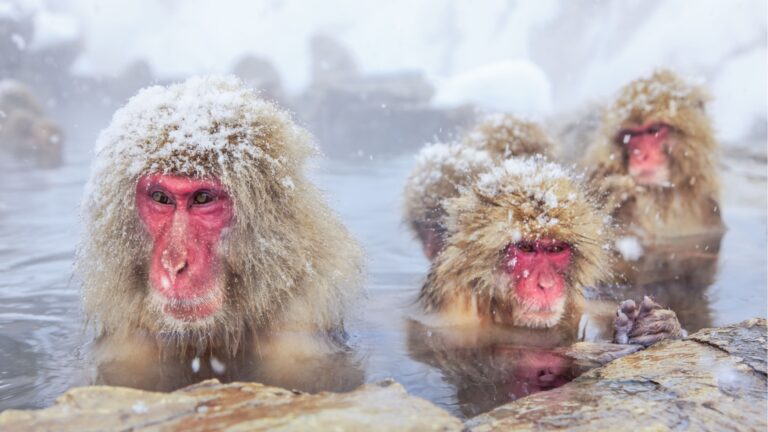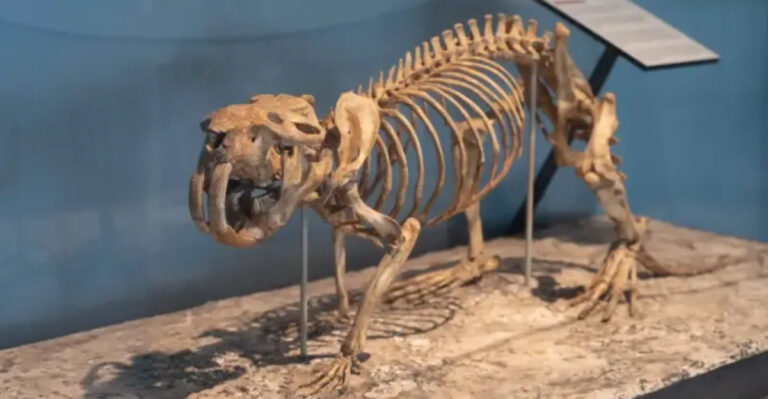16 Mind-Blowing Mutant Animals That Actually Exist
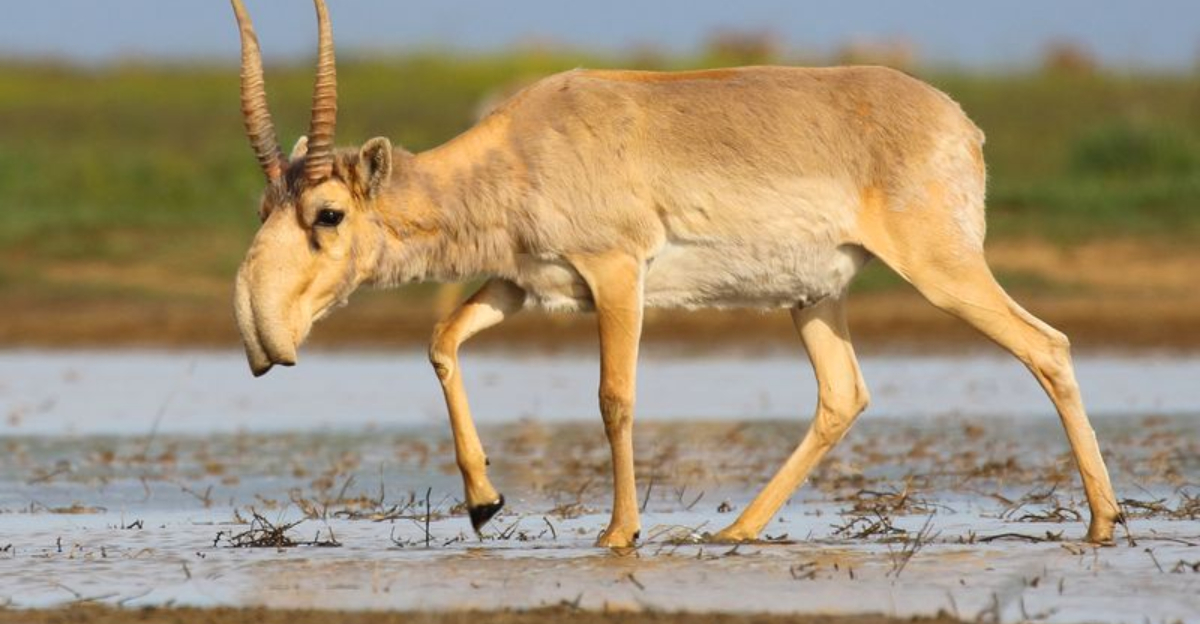
Prepare yourself for a wild ride through the animal kingdom, where nature has cooked up some of its most bizarre ingredients.
If you thought you knew all there was to know about Earth’s creatures, think again!
1. Axolotl
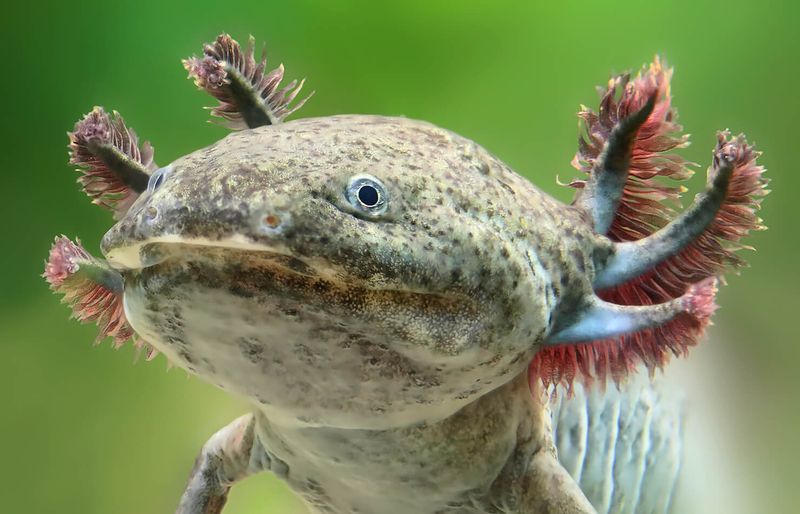
Looking like a creature straight out of a fantasy novel, the axolotl captures hearts with its perpetual smile and fluffy gills.
These amphibians are famous for their ability to regenerate limbs, a superpower envied by many in the animal kingdom.
Imagine losing a limb and having it grow back as good as new! Native to Mexico, axolotls spend their lives in water, unlike their land-dwelling salamander cousins.
2. Liger
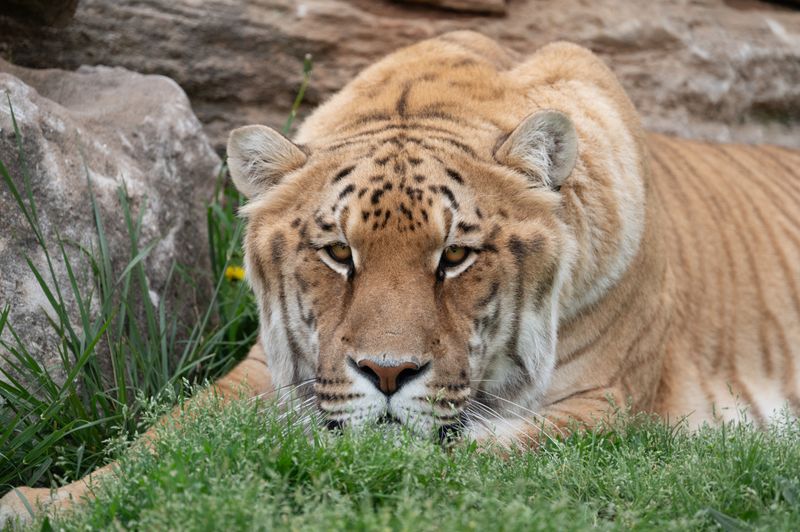
Ever wondered what happens when a lion and a tiger fall in love? You get a liger! This enormous feline combines the lion’s social nature with the tiger’s majestic stripes.
Ligers are the largest cats on earth, often weighing over 900 pounds. While they don’t exist in the wild, they are found in some zoos.
Despite their size, ligers are known for their gentle temperament. Who would’ve thought such a colossal cat could be so docile?
3. Blue Lobster
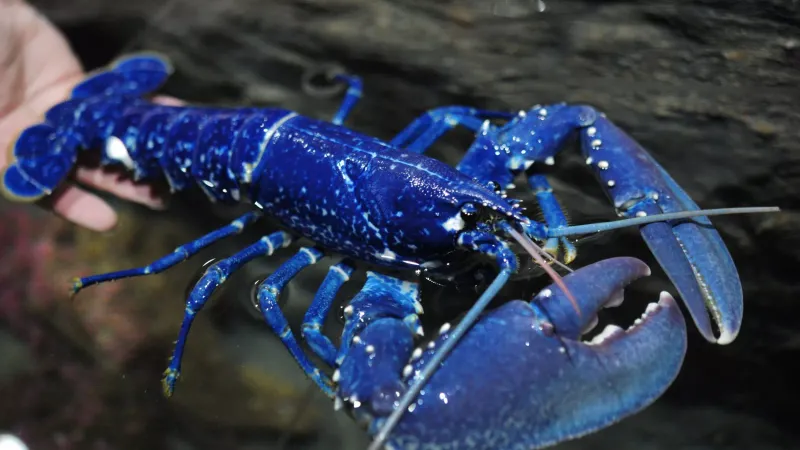
Imagine opening a lobster trap and finding a bright blue crustacean staring back! Rare and striking, the blue lobster is a result of a genetic mutation affecting its shell pigmentation.
These stunning creatures occur about once in every two million lobsters. Found in the North Atlantic, their eye-catching color makes them a rare treasure for fishermen.
If you’re lucky enough to spot one, it’s like finding an oceanic sapphire!
4. Narwhal
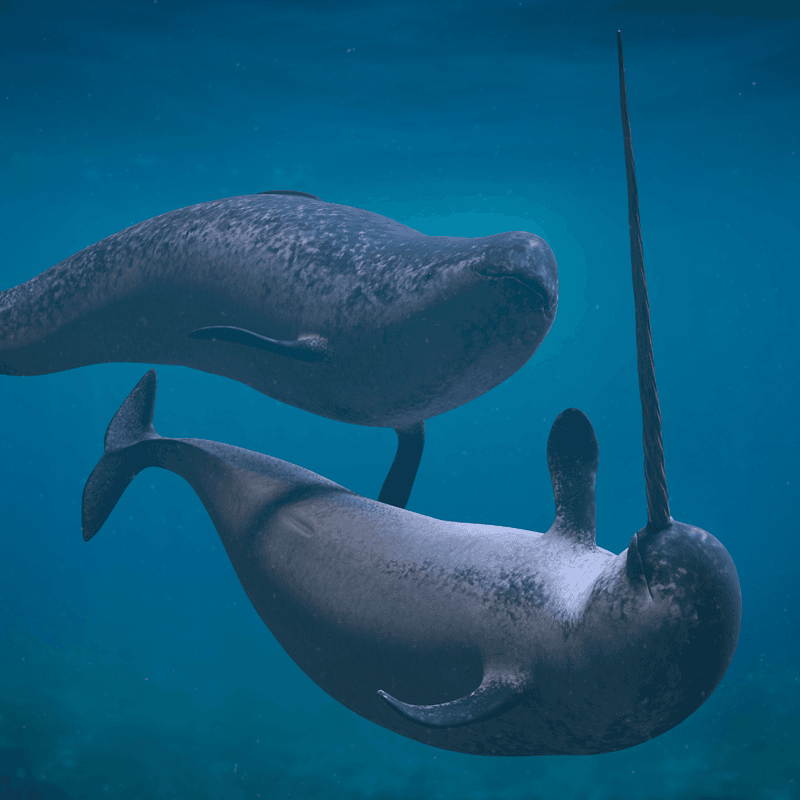
Dubbed the unicorn of the sea, the narwhal’s most striking feature is its spiraled tusk, an elongated tooth reaching up to 10 feet long.
These fascinating creatures call the Arctic home, navigating icy waters with grace.
Their tusks, once thought to have magical properties, are actually packed with nerve endings, making them sensitive to changes in their environment.
Meeting a narwhal in its frigid domain is like encountering a myth brought to life!
5. White Peacock
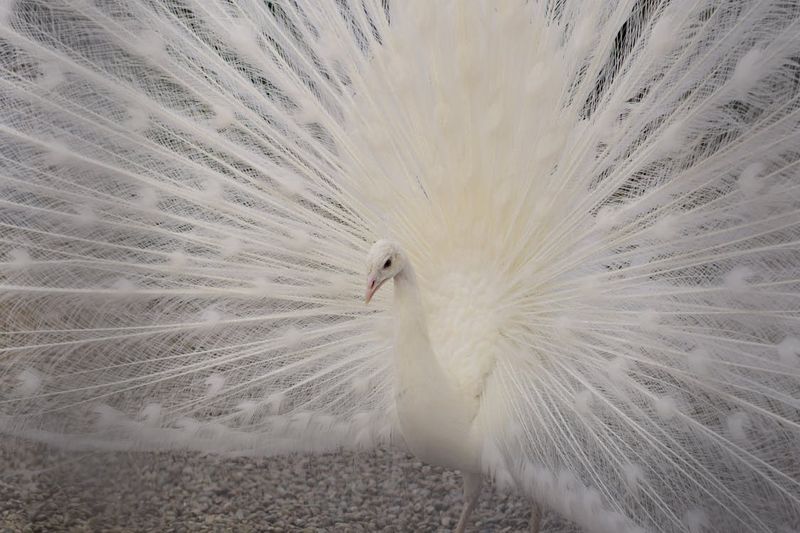
Not all peacocks flaunt a rainbow of colors. White peacocks, with their ethereal plumage, look like they’ve stepped out of a fairytale. This stunning mutation doesn’t affect their health, only their color.
When they spread their tail feathers, it’s a breathtaking display of pure elegance, often leaving onlookers in awe. Found in both wild and domestic settings, these birds prove that sometimes, less is more.
6. Two-Headed Turtle
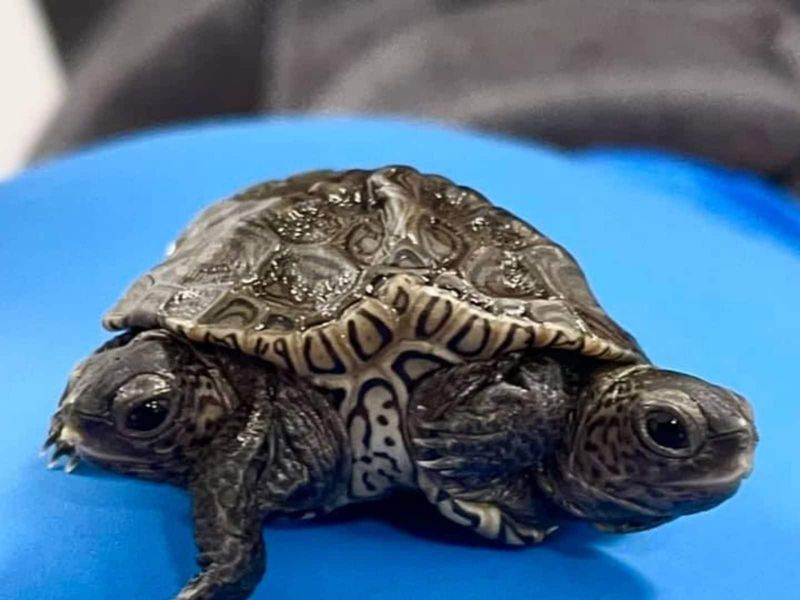
Imagine seeing a turtle with not one, but two heads! This rare anomaly, called bicephaly, occurs when the embryo doesn’t fully split during development.
Two-headed turtles face unique challenges, from navigating their environment to deciding which direction to swim.
Though unusual, these turtles can live normal lives if given proper care. Spotting one is like witnessing nature’s quirky sense of humor firsthand!
7. Polydactyl Cat

Meet the polydactyl cat, often called “mitten cats” due to their extra toes. This genetic mutation doesn’t hinder their agility; in fact, some believe it enhances their climbing abilities!
Sailors once treasured these cats for their dexterity and believed they brought good luck. Today, they charm cat lovers with their unique paws, a reminder that sometimes, being different is just purr-fect.
8. Glass Frog
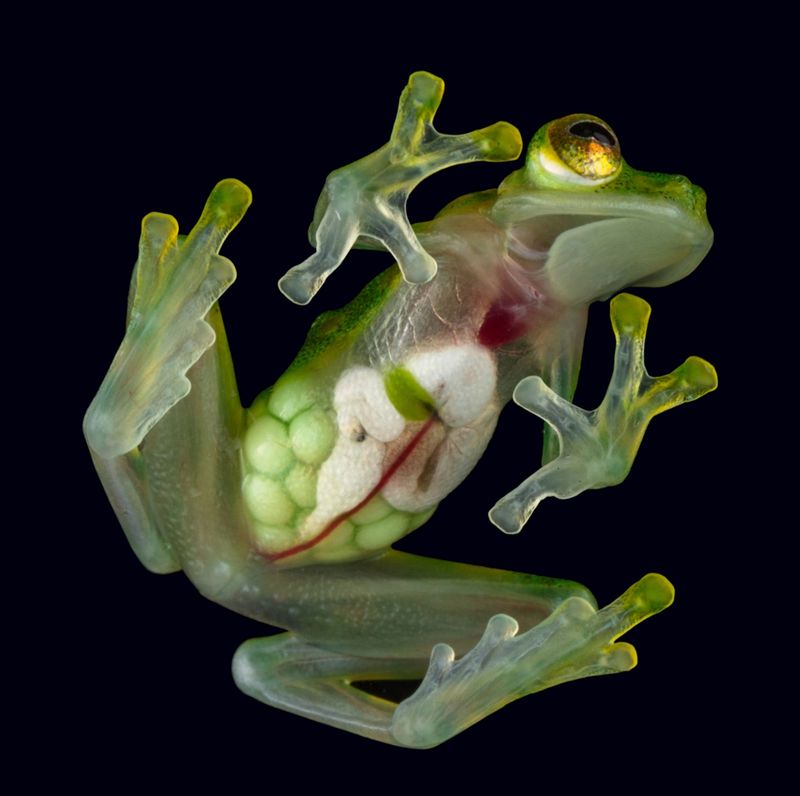
Ever wanted X-ray vision? The glass frog almost grants that wish with its translucent skin. Found in Central and South America, this tiny amphibian’s see-through belly allows a peek at its organs.
It’s a fascinating adaptation that intrigues scientists and nature lovers alike. Their delicate appearance belies their resilience in rainforests, where they blend seamlessly into their lush surroundings.
9. Maned Wolf
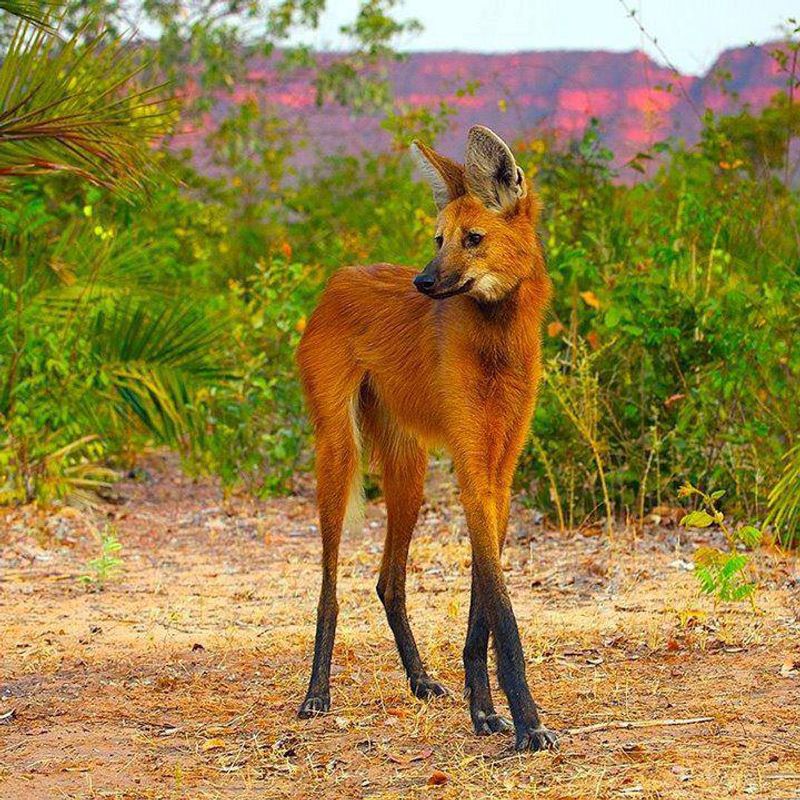
Striding through the South American savannas, the maned wolf looks part fox, part deer. Its long legs help it see above the grass, a useful feature for spotting prey.
Despite its wolfish name, this creature is more closely related to foxes. With its distinctive mane and unique scent-marking, the maned wolf is a reminder of evolution’s creativity.
It’s like the animal kingdom’s own fashion-forward model!
10. Star-Nosed Mole
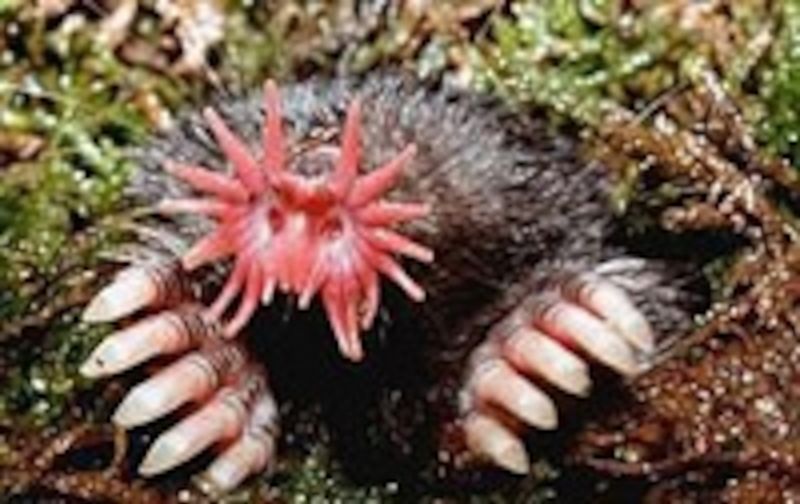
With a face only a mother could love, the star-nosed mole stands out with its bizarre nasal appendages. Those 22 tentacle-like structures are ultra-sensitive, allowing this mole to hunt in the dark.
Found in wet lowland areas of North America, they make quick work of detecting prey. It’s a weird but brilliant adaptation, proving that beauty truly is in the eye of the beholder!
11. Goblin Shark

Meet the Goblin Shark, a living fossil lurking in the depths of the ocean. This rare species can extend its jaws dramatically to snatch prey, a feature that sets it apart from other sharks.
The Goblin Shark’s pinkish hue comes from blood vessels just beneath its translucent skin. It’s mostly found in deep waters, where it moves slowly, relying on sharp senses rather than speed.
12. Goliath Birdeater
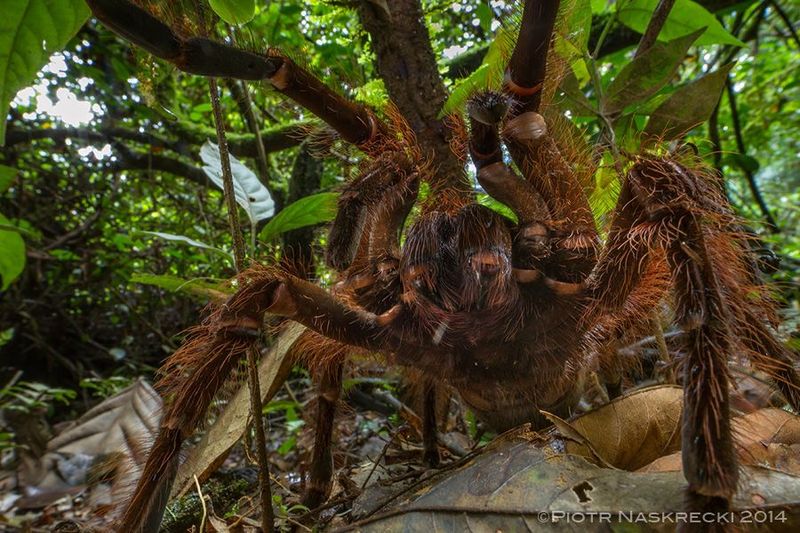
Arachnophobes, beware! The goliath birdeater is the world’s largest spider by mass. Found in the rainforests of South America, it can weigh as much as a small puppy.
Despite its name, it rarely eats birds, preferring insects and small mammals. Its hairy legs are equipped with barbed bristles that defend against predators. This gargantuan arachnid is both a marvel and a menace!
13. Leafy Seadragon
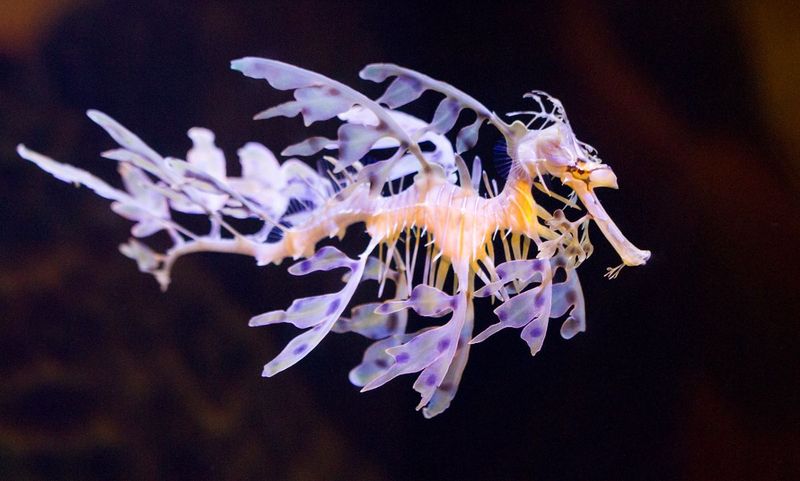
Swimming through the ocean like a piece of floating seaweed, the leafy seadragon is a master of disguise.
Found along the southern coast of Australia, its leaf-like fins help it blend into its surroundings, escaping predators.
Despite their delicate appearance, leafy seadragons are tough survivors in their underwater world. They prove that looking like seaweed isn’t just for show; it’s a clever survival strategy!
14. Saiga Antelope
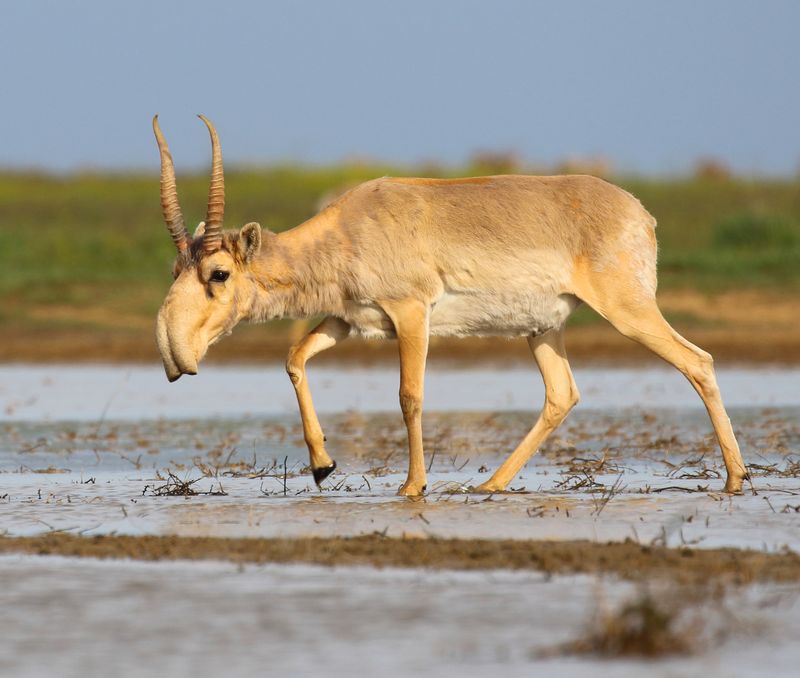
With a nose that looks like a cross between an anteater and a camel, the saiga antelope is an oddity on the plains of Central Asia.
Their distinctive snouts warm and filter cold air, an adaptation for harsh environments. Though once abundant, they face threats from poaching and habitat loss.
The saiga’s peculiar appearance and plight serve as a poignant reminder of nature’s fragility.
15. Aye-Aye
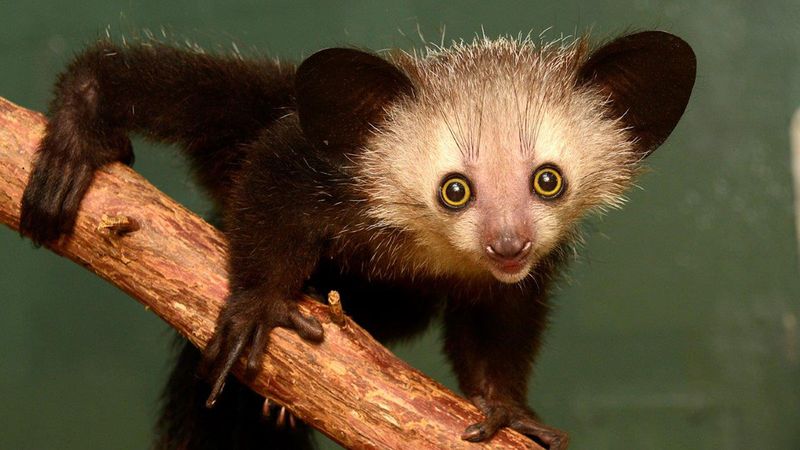
In the moonlit forests of Madagascar, the aye-aye prowls with its eerie fingers and wide eyes. This lemur uses its long middle finger to tap on trees and find insects, like nature’s own woodpecker.
Considered an omen in local folklore, its strange appearance captivates scientists and adventurers alike. The aye-aye’s quirky features make it a night-time spectacle, a true oddball among primates.
16. Tarsier
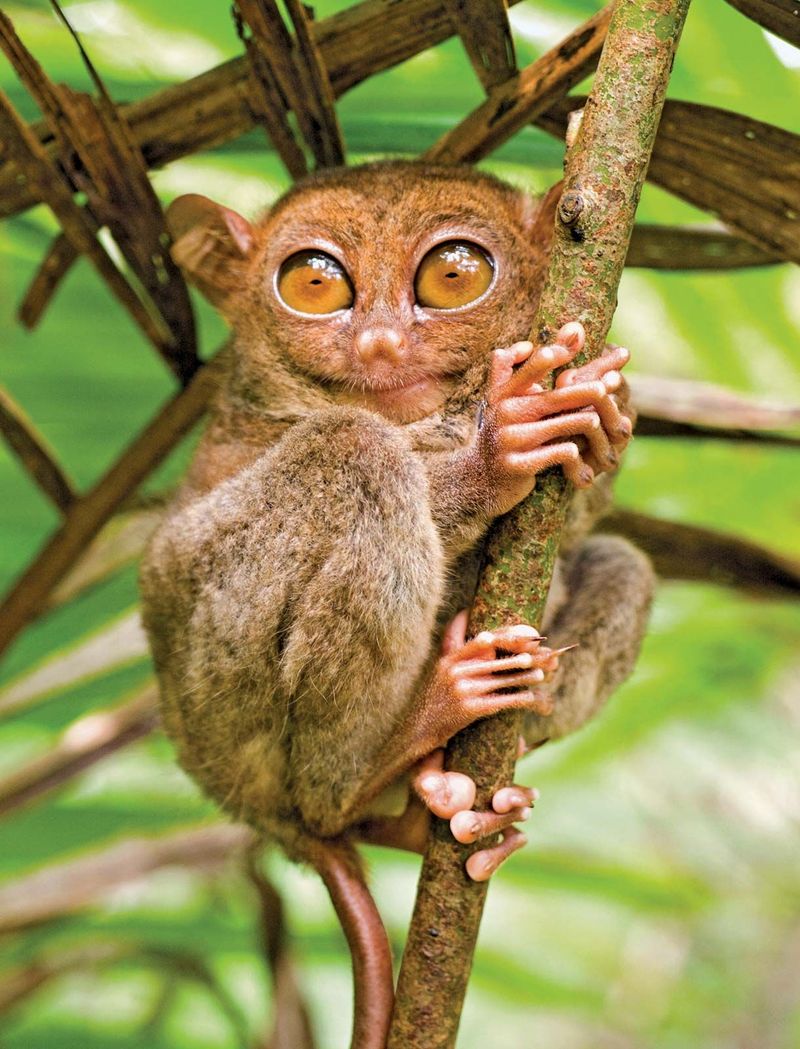
Peering through the shadows with eyes that rival saucers, the tarsier is a nocturnal wonder. These tiny primates from Southeast Asia can rotate their heads almost 180 degrees, giving them an owl-like vigilance.
Their huge eyes aren’t just for show; they provide excellent night vision. Tarsiers leap from tree to tree with agility, their small size hiding a world of wonder. They’re like little ninjas of the forest!

